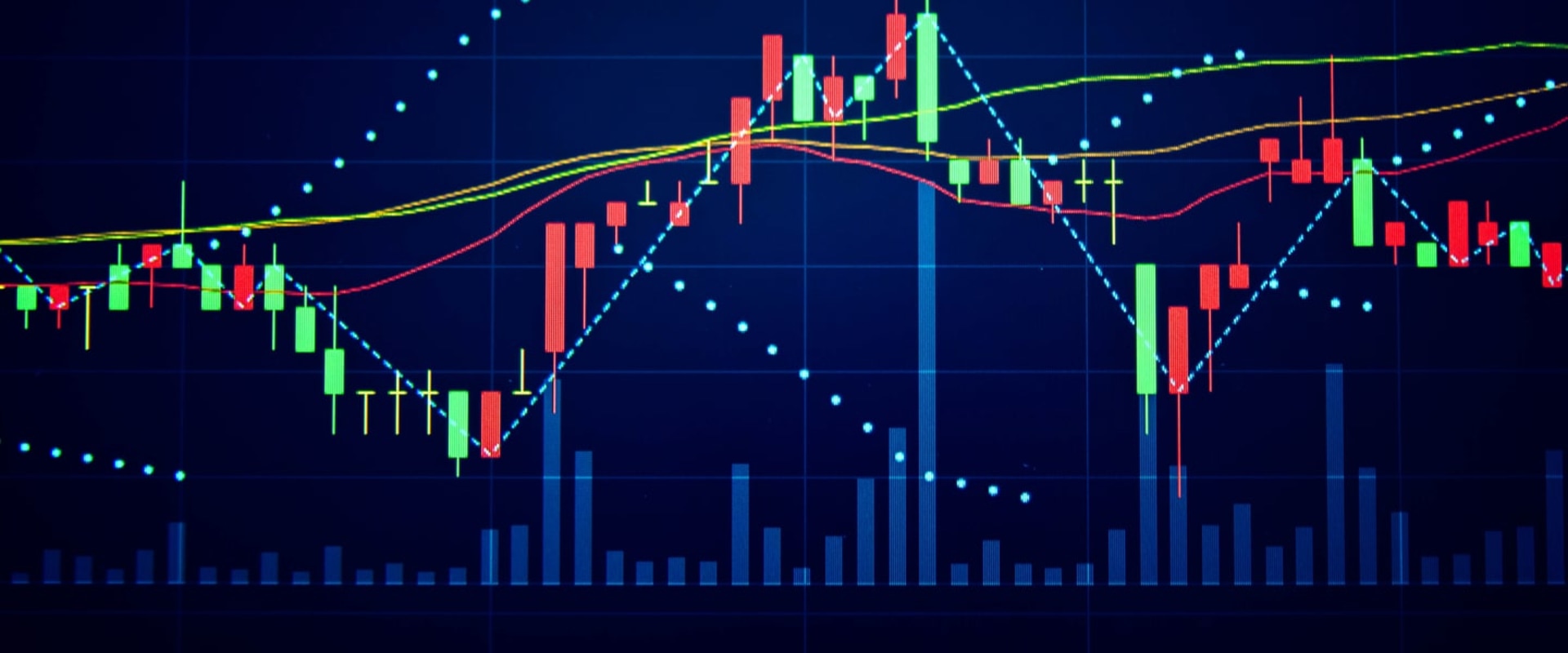Forex trading offers traders the opportunity to make profits from the currency markets, but it is important to understand the risks involved and how to manage them. In this article, we will discuss the importance of setting stop loss orders and take profit levels when trading forex. We will explain why these tools are essential for successful trading, how to set them up, and how they can help you protect your capital. Stop loss orders are designed to limit losses in a trade by automatically closing a position when it reaches a predetermined level. Take profit orders are used to close a position when it reaches a certain level of profit.
Both of these tools are essential for successful forex trading as they help traders manage their risks and maximize their profits.
Stop Loss Orders
are an important tool for Forex traders who want to manage their risk and maximize their profits. A stop-loss order is a pre-defined instruction to close a position when the price of an asset reaches a certain level. This helps protect traders from losing more than they are comfortable with, and also helps them to lock in profits if the price of an asset moves in their favor. When setting a stop loss order, traders must decide how much of a loss they are willing to accept.This can be done by setting a percentage of the current market value, or by setting a specific dollar amount. Different types of stop loss orders can be used depending on market conditions. For example, if the price of an asset is expected to be volatile, a trailing stop loss order may be used, which will automatically adjust the stop loss level as the price fluctuates. Another type of stop loss order is a time-based stop loss order, which will close the position at a specified time regardless of the price.
It’s important for traders to keep in mind that stop-loss orders don’t guarantee profits and can be triggered by brief market movements that might not reflect the long-term trend. Therefore, it’s important for traders to pay attention to the markets and adjust their positions accordingly.
Take Profit Levels
are another important tool for Forex traders. This tool allows traders to set a target price at which they would like to exit a position and take profits.Like stop loss orders, take profit levels can be set as either a percentage of the current market value or as a specific dollar amount. Take profit levels can also be set as either static or dynamic. A static take profit level will remain at the same level until it is triggered, while a dynamic take profit level will adjust automatically as the price of an asset fluctuates. When setting take profit levels, it’s important for traders to consider their risk tolerance and the current market conditions. For example, if the price of an asset is expected to reach a certain level but is unlikely to stay there, then it may be wise to set a dynamic take profit level to ensure that any profits are locked in if the price quickly reverses direction.
It’s also important to remember that take profit levels don’t guarantee profits and can be triggered by brief market movements that might not reflect the long-term trend.
Stop Loss Orders and Take Profit Levels
are essential tools for successful Forex trading. They help protect against losses and maximize profits by allowing traders to set predetermined levels at which they will enter or exit positions. By understanding how these tools work and when to use them, traders can better manage their risk and increase their chances of success when trading Forex.Take Profit Levels
A take profit level is a type of order used by traders to close out a trade at a predetermined price once a certain amount of profit has been reached. It is an important tool for any Forex trader, as it enables them to lock in profits and minimize losses.Setting a take profit level is not as simple as it may seem, however, and there are several different types of take profit levels that can be used in different market conditions. When setting a take profit level, traders must decide how much profit they want to make from the trade and what price they want to set the take profit at. This decision will depend on the trader’s risk tolerance and the market conditions. If the market is volatile, traders may opt for a tighter take profit level that will allow them to take profits quickly. If the market is relatively stable, traders may opt for a wider take profit level to maximize their profits. In addition to the price, traders must also decide what type of take profit level to use.
There are two main types: trailing stops and fixed stops. Trailing stops allow traders to set a dynamic take profit level that moves with the market. Fixed stops, on the other hand, remain static and are set at a specific price. Depending on the trader’s risk tolerance and market conditions, either type of take profit level could be suitable. When setting a take profit level, it is important to be aware of common mistakes that could lead to losses.
For example, setting the take profit too close to the entry price could result in traders getting stopped out before the trade has had time to reach its full potential. It is also important to be aware of the spread and liquidity of the market when setting take profit levels, as this can affect how quickly orders are executed. Take profit levels can be useful tools for managing risk and maximizing profits in Forex trading. By understanding how they work and setting them correctly, traders can ensure that they are able to lock in profits and minimize losses in any market conditions.
Stop Loss Orders
Stop loss orders are an essential tool for any Forex trader. They help protect your investments by setting a predetermined level at which your trade will automatically be closed and your loss will be limited.Understanding how to set and use a stop-loss order can help you manage risk and maximize your profits. A stop-loss order is a market order that closes your position at a predetermined level. This level is usually set below the current market price if you are long, or above the current market price if you are short. When the market reaches this price, the order is triggered and your position is closed at the best available price.
There are several types of stop-loss orders, including hard stop-loss, trailing stop-loss, and time-based stop-loss. A hard stop-loss is set at a predetermined level and will not adjust when the market moves. A trailing stop-loss will adjust as the market moves in your favor, protecting your profits while allowing you to stay in the trade. A time-based stop-loss will automatically close your position after a certain amount of time has passed.
When setting a stop-loss order, it’s important to consider the current market conditions. For example, if you are trading in a volatile market, you may want to set a tighter stop-loss than you would in a stable market. Additionally, it’s important to consider the size of your position when setting a stop-loss. If your position is small, you may want to set a tighter stop-loss than if it is large.
It’s also important to consider the liquidity of the market when setting a stop-loss. If the market is illiquid, there may be a larger spread between the bid and ask prices, which could lead to slippage when executing a stop-loss order. Additionally, it’s important to keep an eye on news events that could affect the market and adjust your stop-loss accordingly. Finally, it’s important to remember that a stop-loss order is not a guarantee that you won’t lose money.
The best way to protect yourself from losses is to practice good risk management and use proper position sizing. Stop loss orders and take profit levels are essential tools for successful Forex trading, allowing traders to protect themselves against losses and maximize profits. It is important to have a plan for when to set stop loss orders and take profit levels before entering a trade, as this can help ensure that risk is managed effectively and profits are maximized.












Leave Reply